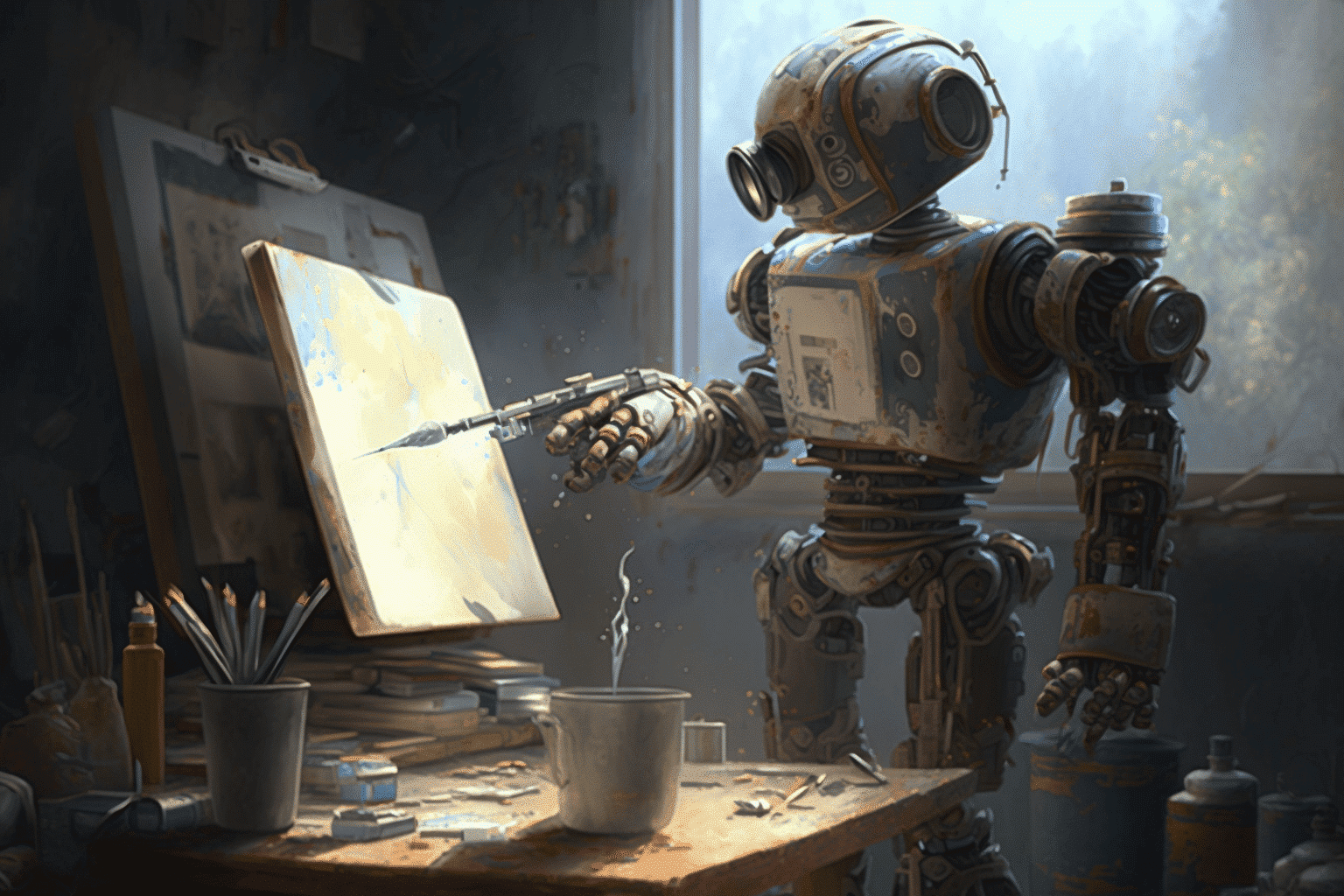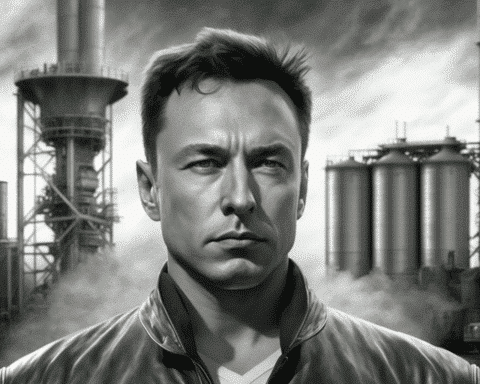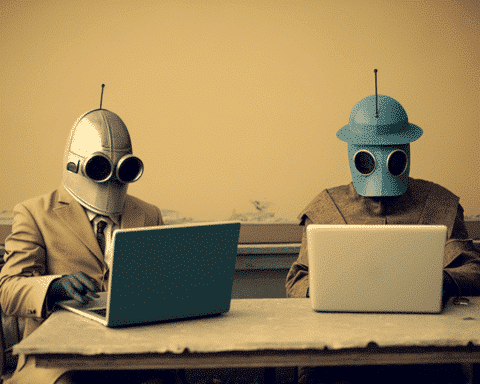An artist in New York City, Kris Kashtanova, has been awarded the first known registered copyright for AI-generated artwork.
The recent grant of a registered copyright for an AI-generated graphic novel by New York City-based artist Kris Kassanova has reignited the debate surrounding the ownership of AI-created art.
This landmark case raises questions about the originality and ownership of works made using artificial intelligence and highlights the need for clear regulations in this rapidly growing field.
The controversy surrounding AI-generated art is not new and has been the subject of discussions among artists, photographers, and legal experts for some time, but Kassanova’s successful registration has set a new precedent and opened up new avenues for further discussion and legal action.
The graphic novel “Zarya of the Dawn” was made using the commercial AI art generator Midjourney, and UPI verified the copyright through public records.
The U.S. Copyright Office granted the copyright earlier this month, although AI-generated art has likely been registered in the past.
This claim is the first known to have used models powered by latent diffusion. Some artists and photographers have criticized AI art-making platforms for violating their copyrights, as the models used were trained on scraped images and stock photos.
Getty Images recently announced that it will cease to accept AI-generated art submissions.
Kassanova’s copyright registration has sparked a new conversation about the ownership of AI-generated art and raises questions about the copyright of outputs from AI models.
The use of AI in art creation is a rapidly growing field, but many legal and ethical concerns still need to be addressed.
Some believe that AI-generated art is not original enough to warrant copyright, while others argue that the person who directs the AI to create the art should own the copyright.
The issue is complicated and will likely take years to resolve, but Kassanova’s successful registration has set a precedent for artists who want to claim ownership of their AI-generated works.
The situation highlights the need for clear guidelines and regulations to govern the use of AI in the arts and ensure that the rights of artists and creators are protected.
The grant of the registered copyright for AI-generated art is a significant step forward in recognizing and protecting this form of creativity.
It raises important questions about the ownership of works created using artificial intelligence and the legal implications of their creation and use.
The case of Kris Kassanova is only the beginning of what promises to be a long and complex debate, but it has opened up a new and exciting chapter in the world of art and technology.
As the use of AI in the arts continues to grow and evolve, it is crucial that clear regulations are put in place to ensure that the rights of artists and creators are protected and that their work is recognized and valued.




